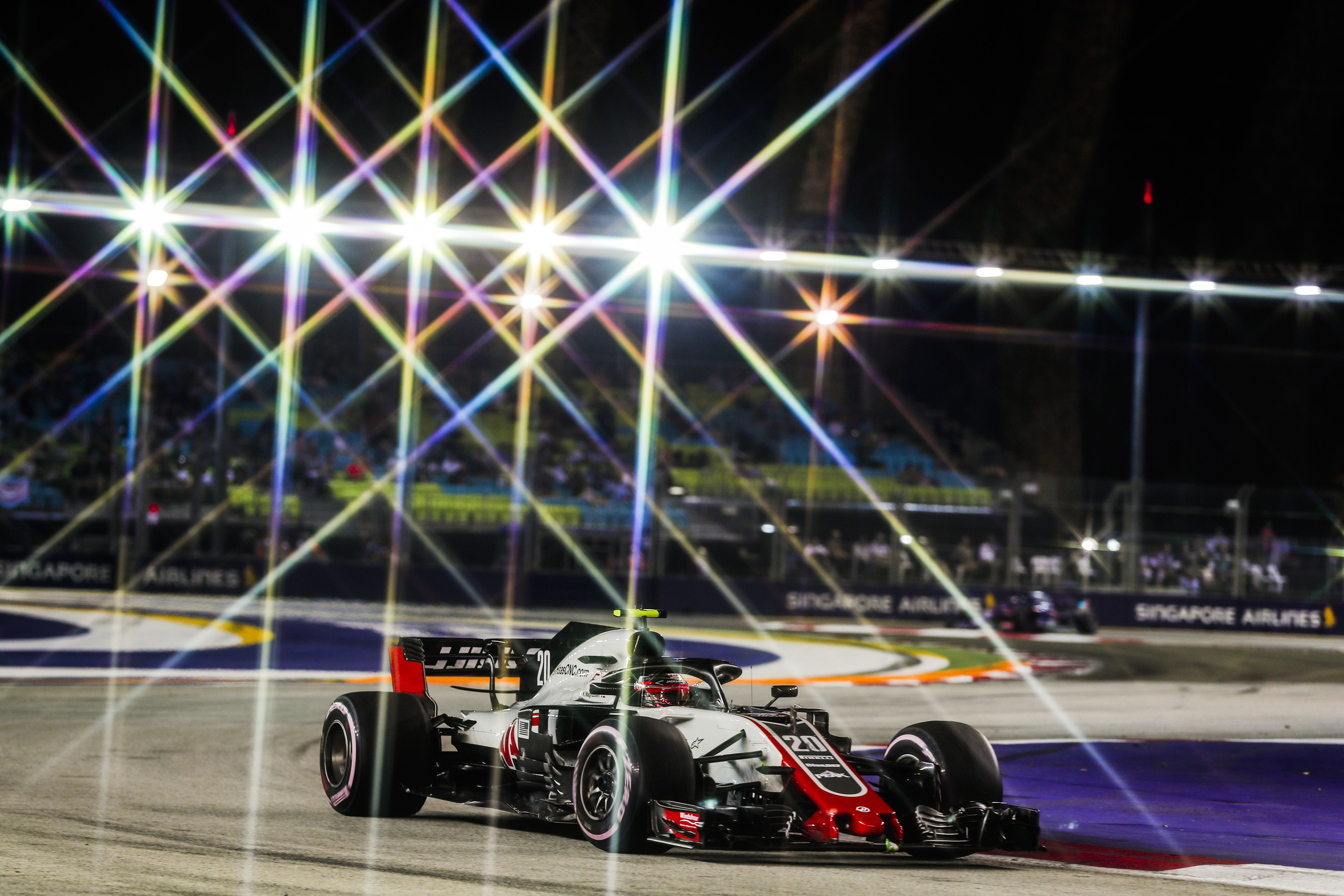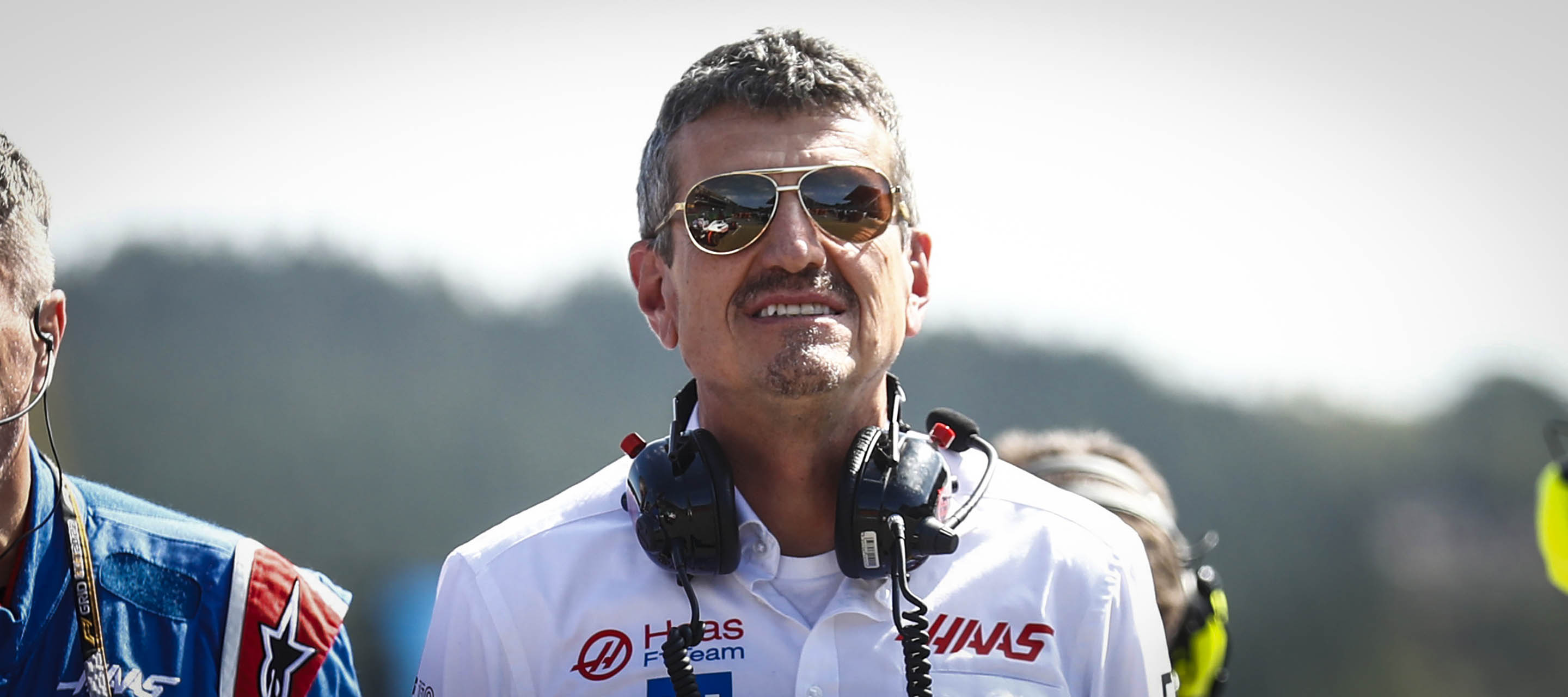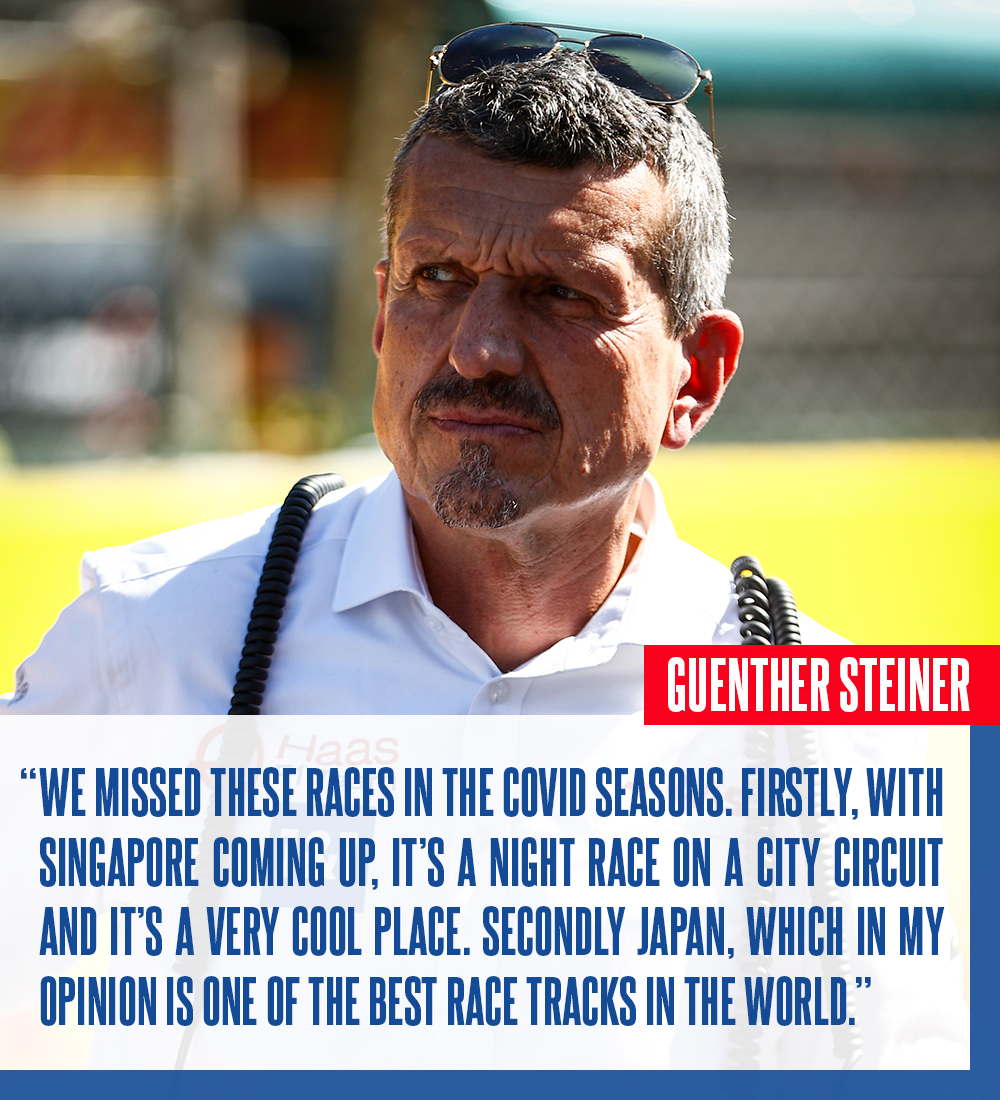Singapore Grand Prix: Preview
September 27, 2022
Haas F1 Team is returning to the Singapore Grand Prix for a dose of night fever around the floodlit streets of the city state.
The vibrant city of Singapore has been an important trading post on the tip of the Malay peninsula for several centuries, and has had an at times tumultuous history, but in recent decades the region has been transformed, emerging as a popular tourist destination and business hub. Formula 1’s calendar expansion through the 2000s eventually brought the championship to Singapore in 2008, and for the first time in history a grand prix was held after sundown, with thousands of lights illuminating the course.
The bumpy 23-turn 5km-circuit, located in the Marina Bay district, takes Formula 1 drivers past some of Singapore’s famous landmarks, including the National Gallery, the Esplanade Concert Hall, and Singapore Flyer. The floodlit architecture provides a stunning backdrop to one of Formula 1’s most challenging events.

As the Marina Bay Street Circuit holds one of the slowest average lap speeds it frequently makes the grand prix itself the longest of the season. It has occasionally become a timed event under the two-hour regulation, most recently in 2017. Even the fastest Singapore round took 1 hour 51 minutes to complete, around half an hour longer than the average Monza race, making it a tough event physically and mentally for drivers and teams alike, a predicament accentuated by the heat and humidity in the city. Track position and tire preservation are also crucial at a race where passing can be difficult.
Kevin Magnussen has previously participated in six grands prix in Singapore – including on three occasions for Haas F1 Team – and set the race’s fastest lap in both 2018 and 2019. For Mick Schumacher it will be his first experience of the Marina Bay Street Circuit.
Haas F1 Team enters the Singapore Grand Prix in seventh position in the Constructors’ Championship, on 34 points.

Guenther Steiner – Team Principal
While the triple-header after shutdown failed to yield points for the team, it did allow more assessment of the VF-22 upgrade package, first introduced in July. What’s the team’s understanding of that package now and how competitive does it look, and in what key areas, heading into the fly-away events?
“We tested the upgrade in Hungary and then introduced it to both cars after the summer break. We have no comparison between cars anymore, but we can see the increased downforce, the data matching the wind tunnel data, so that’s a success and that’s what we were after. How much faster it makes the car is always difficult to understand because you have nothing to compare like-to-like anymore, but we are confident that the upgrade worked and in general it’s just more downforce over the car. Now we have to find a good balance for the car, and hopefully we can get some more points out on the tracks that suit our car better than the high-speed tracks like Spa and Monza.”
How do you juggle the role of the technical staff processing the information still coming from the VF-22 from races and the need to work in the design office on the planning, development and design of the VF-23? How close is the communication between those personnel taking each key learning and applying into next season’s entry?
“The race team and the design team are always in contact. The design team – from the car performance group – is always present in the control room on the weekends and they see exactly what areas we need to work on. Then there are meetings between the race team engineers and the team in Italy – Design and Aerodynamics – who are always discussing about what can be done to make the car quicker for next year.
“It’s a very good process which hopefully again makes us a good car for next year, or an even better car for next year.”

Our next double-header takes us back to Singapore and Japan – two races absent from the calendar during the past two Covid-affected seasons. Can you reflect on your experiences at both venues and what makes them standout for you and as welcome returnees to the F1 calendar?
“They are two races which I think we missed in the covid seasons. Firstly, with Singapore coming up, it’s a night race on a city circuit and it’s a very cool place. Secondly Japan, which in my opinion is one of the best race tracks in the world. Two completely different reasons why I like them but two good reasons to have them back. I really look forward to going to these race tracks because we haven’t been there the last two years and it’s almost like going back to a new, old race track.”
Finally, speaking of the F1 calendar – the 2023 schedule has been revealed. Can you please share your thoughts on the new season and in particular the growth in America to three events across Miami, Austin and now Las Vegas?
“I think obviously 24 races is a lot of races but the demand is there, the fans want to see what we are doing which is the biggest compliment they can give us and we need to work hard to make them happy. Three races in America, I think it comes at the right time. The sport is already popular and it’s getting even more so as we speak in America. More races are good and each of these races has got their own little thing that stands out, they’re not a copycat of each other. I think it’s very good and America is a very big country, and they will not get in the way of each other. Two of the races I already know are very good and I think Las Vegas will put a good show on.”